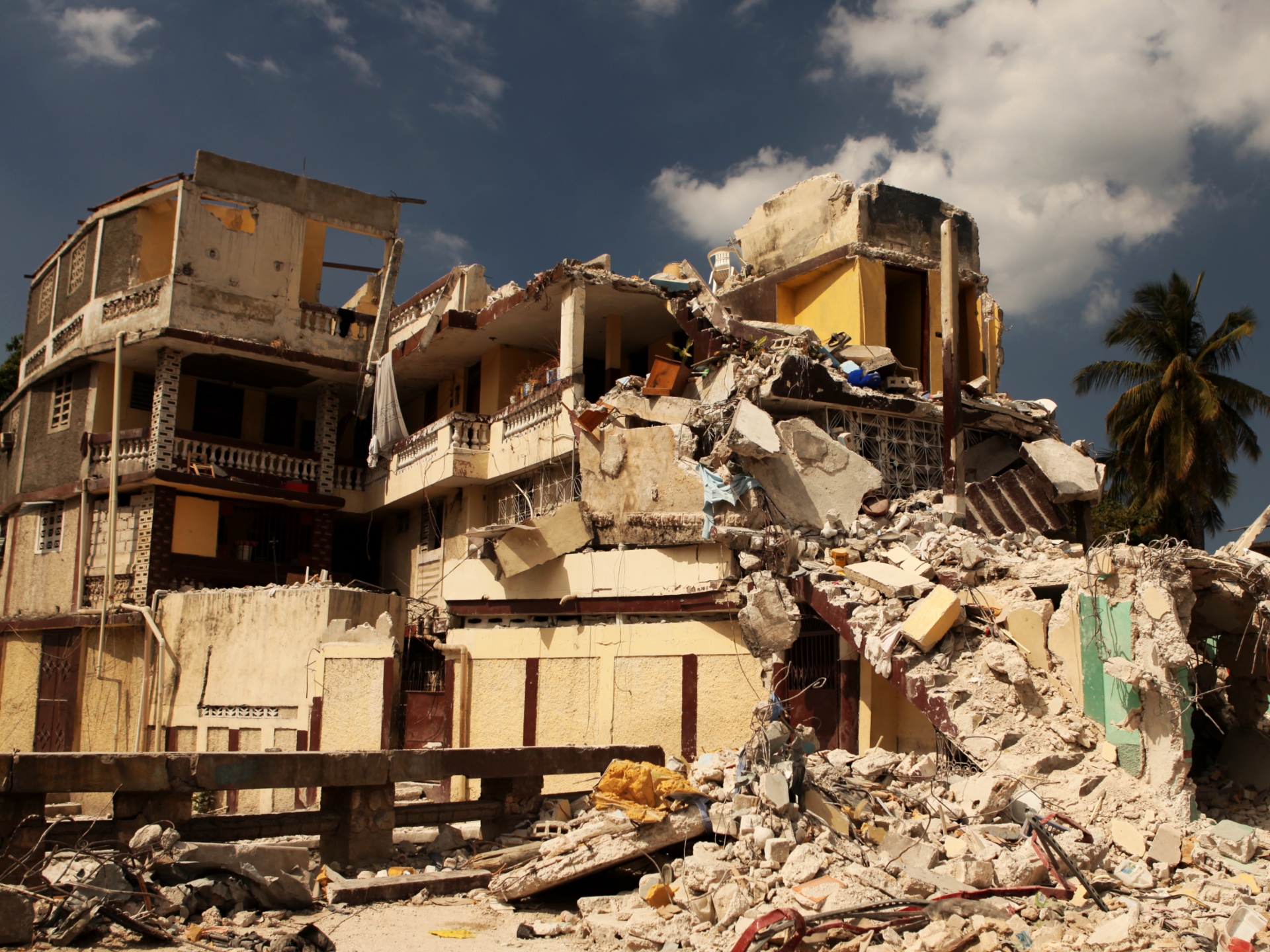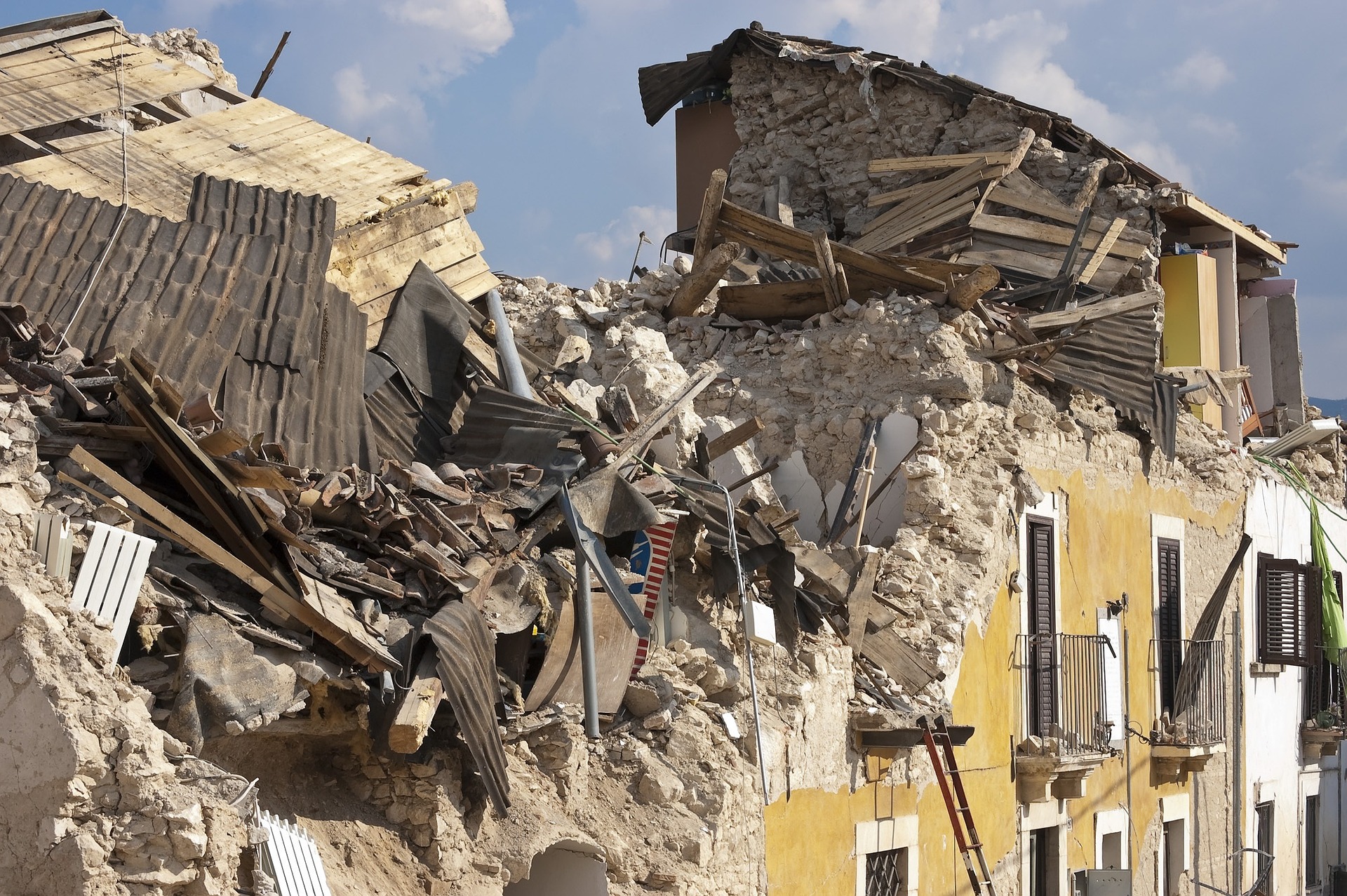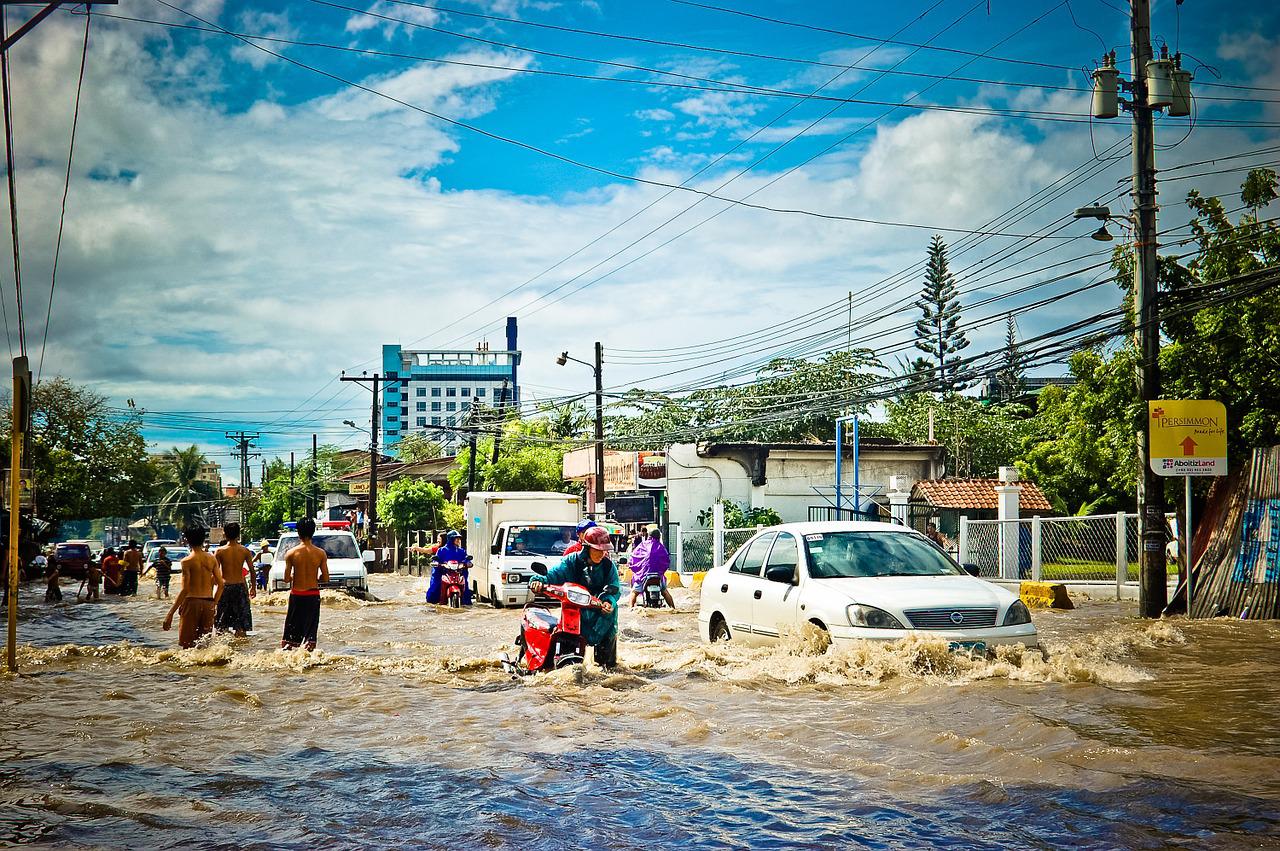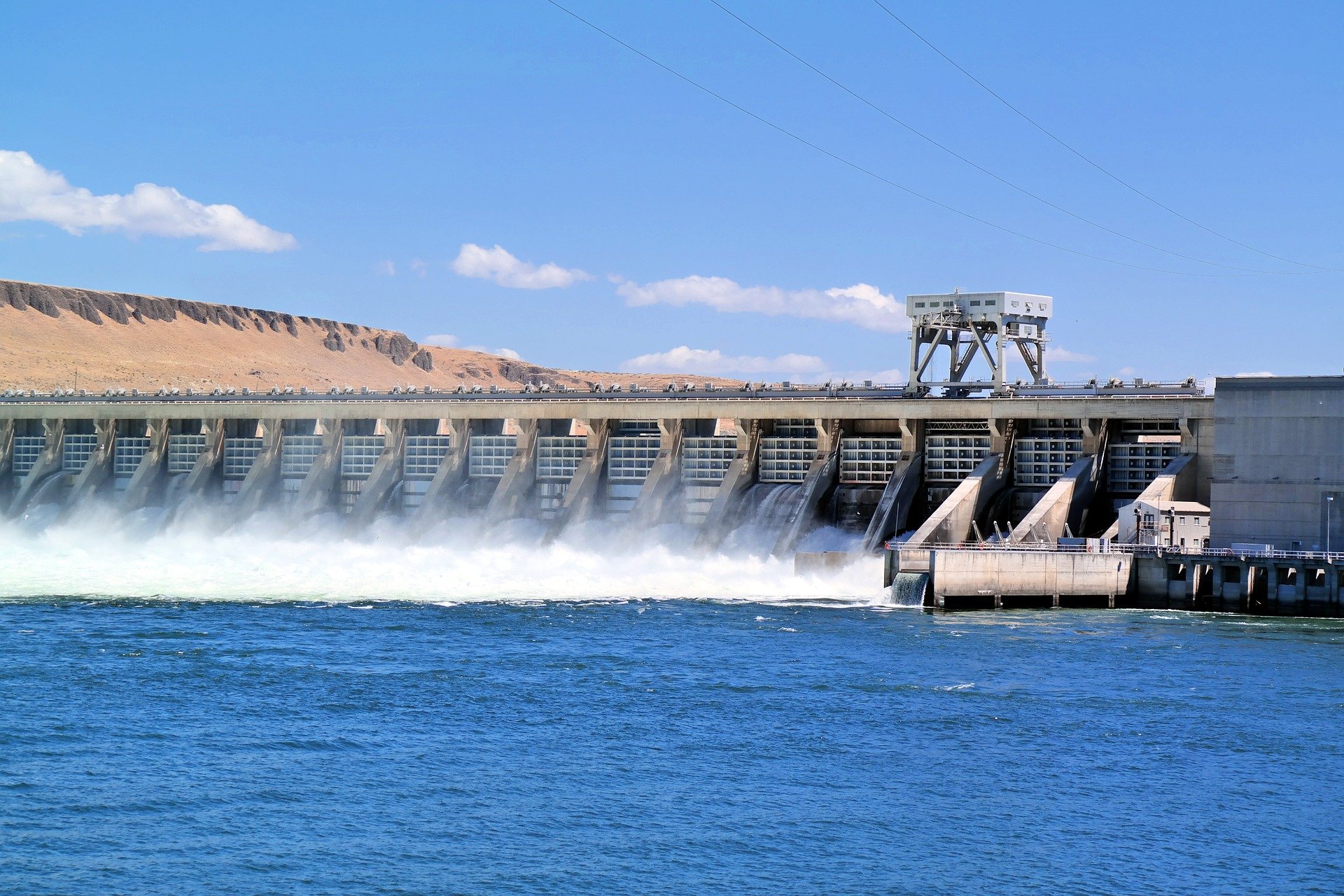
Glasgow Climate Pact: a boost to adaptation in a riskier world
The Sixth Assessment report of the Intergovernmental Panel on Climate Change highlights that the difference between 1.5 and 2 degrees of global warming is substantial: every fraction of a degree translates into increased risks. New ESCAP research estimates that while presently, there are only a few countries at risk of experiencing cyclones in categories 3 to 5 with wind speeds ranging from 180 to 250 kilometer per hour, many Pacific small island developing States (SIDS) are likely to face more and stronger cyclones at 1.5 degree of warming.
Commitments to reduce greenhouse gas emissions are central to the Glasgow Climate Pact adopted at the United Nations Climate Change Conference (COP26) held in late 2021. It also includes some key elements to boost adaptation in a riskier world, some of which can potentially narrow the adaptation gaps in Asia and the Pacific:
1. Doubling adaptation funding by 2025
Financing adaptation has always been a major agenda item at COP. For instance, at COP15 in Copenhagen in 2009, developed countries committed to providing $100 billion per year to support developing countries in mitigation and adaptation to climate change. This target is not yet achieved. There is also a persistent imbalance between funding for mitigation and adaptation measures. Presently, adaptation finance comprises only a quarter of total climate finance, while adaptation needs due to increasing climate change impacts continue to grow. To address this, at COP26, developed countries agreed to double the funding for adaptation by 2025. This is aligned with UN Secretary-General António Guterres’ vision that half of total climate finance must be committed to adaptation.
At COP26, the Adaptation Fund also witnessed unprecedented contributions with new pledges worth $356 million. The Least Developed Countries Fund, which supports climate change adaptation in these countries, also received a record $413 million in new contributions. The ESCAP Risk and Resilience portal estimates that the costs of climate change adaptation vary from 1.4 per cent of GDP for Pacific SIDS, to less than 1 per cent for South-East Asia, and North and Central Asia. Although adaptation gaps are substantial, the outcomes of COP26 started an encouraging trend to address them.
2. Putting resilient infrastructure at the heart of climate action
A report launched during COP 26 highlights that infrastructure accounts for 88 per cent of all adaptation costs across a range of sectors. Further, 54 per cent of all future adaptation costs need to be spent on the water sector. Estimates of infrastructure needs across the world in the next 20 years suggest that newer infrastructure will need to be built than what’s been constructed in the last 200 years. A projection between 2015 and 2040 suggests that the world will invest close to $90 trillion on developing infrastructure.
COP26 also witnessed pledges and commitments by governments and the private sector on building climate resilient infrastructure. For example, the Coalition for Disaster Resilient Infrastructure launched the Infrastructure for Resilient Island States in the presence of Heads of Governments from Australia, Fiji, India, Jamaica, Mauritius and the United Kingdom. This important initiative aims at addressing the multifaceted issues posed by infrastructure systems in SIDS.
3. Glasgow Loss and Damage Facility
The concept of loss and damage is often viewed as ‘compensation’ from developed countries for their historic responsibility for greenhouse gas emissions. Directly linked with adaptation, it implies that the damage caused by climate impacts should be paid by those primarily responsible for it. ESCAP estimates suggest potential losses from climate-related risks in Asia and the Pacific of $1.2 - $4.7 trillion. As a percentage of GDP, the countries that will lose the most are the Pacific SIDS along with other LDCs.
A group of nations (‘G77 plus China’) at COP26 proposed to establish a ‘Glasgow Loss and Damage Facility’, dedicated to offering financial assistance to vulnerable countries, and a ‘Glasgow Dialogue’ was created to discuss funding arrangements and operationalization of this framework. The Glasgow Climate Pact also strengthens the Santiago Network, set up at COP25 to advance the work of loss and damage mechanisms.
4. Nature-based solutions
Nature-based solutions are key to ecosystem-based adaptation. Mangroves, for example, reduce the impact of tropical cyclones, storm surges, coastal flooding and erosion. Without mangrove cover, total disaster-induced losses increase substantially, by $11 billion in India, $2.25 billion in Bangladesh and $0.18 billion in Pakistan.
The Glasgow Climate Pact recognized the critical role of “restoring nature and ecosystems in delivering benefits for climate adaptation”. The pledge to end deforestation by 2030 - taken by over 120 countries, representing nearly 90 per cent of the world’s forests - is an important milestone. This will yield substantial benefits for climate adaptation as forest ecosystems protect communities from extreme weather.
5. The Global Goal on Adaptation
A need for establishing the Global Goal on Adaptation - the adaptation equivalent of the global mitigation goal of limiting temperature rise to 1.5°C - was recognized in the Paris Agreement. At COP26, there was modest progress with the launch of a two-year work programme on this global goal. The Glasgow Climate Pact sets the path ahead on the Global Goal on Adaptation.
The Global Commission on adaptation identifies 5 adaptation priorities that include strengthening early warning systems to minimize the loss of lives, making water and new infrastructure resilient to reduce the economic cost, improving drylands to combat drought and desertification, and protecting mangroves to reduce coastal hazards. Moving forward, the ESCAP Risk and Resilience portal estimates that for the Pacific SIDS, investing about $480 million in all 5 adaptations generates net benefits of almost $2,223 million. The Glasgow Climate Pact is an important step forward towards implementing these priorities in vulnerable subregions of Asia and the Pacific where adaptation gaps are substantial.
Sanjay Srivastava is the Chief of Disaster Risk Reduction at the UN Economic and Social Commission.
The views and opinions expressed in this blog are those of the author and do not necessarily reflect those of the Coalition for Disaster Resilient Infrastructure (CDRI).




.jpg)

.jpg)


